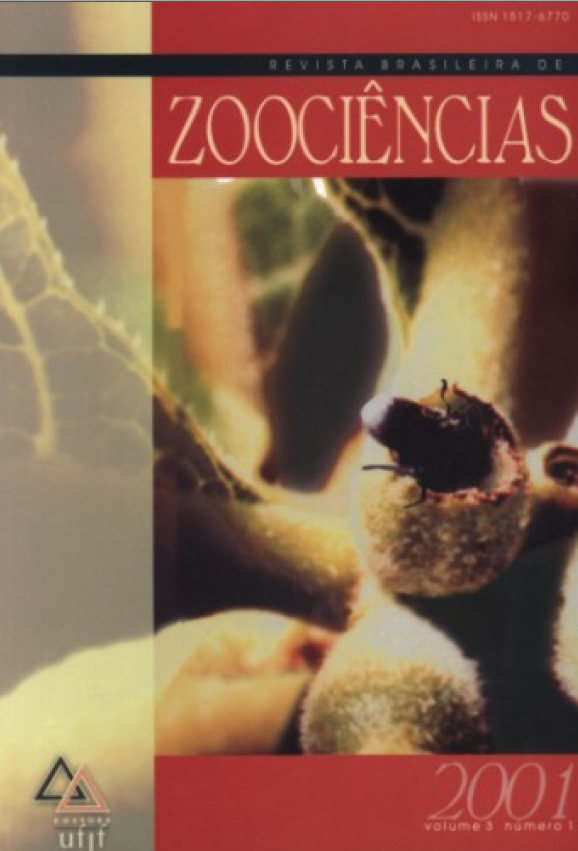Interação entre formigas, herbívoros e nectários extraflorais em Tocoyena formosa (Cham. & Schlechtd.) K. Schum. (Rubiaceae) na vegetação do cerrado
Resumo
Extrafloral nectar is a common reward that plants offer to animals. Although Tocoyena formosa has been defined as a cerrado plant without extrafloral nectaries, ants feed on its floral nectaries. In this study we investigated, if ants visiting the nectaries of Tocoyena may benefit the plant. We tagged individuals without leaves or reproductive structures. Treatment plants received an ant exclusion resin and control plants were maintained in their natural state. We quantified data on leaf herbivory, fruit production, presence of ants and herbivores. The results showed that after flowers were visited by its pollinators the corolla falls but the floral nectary continues active effectively attracting ants. There was no statistical difference in folivory. Although plants with ants have presented heavier fruits, these differences were not statistically significant. The Ectatomma spp. was the most efficient in buds and fruits protection than ants absence. Although, our results did not present statistical difference between plants with and without ants, we suggested that new investigations can show temporal and spatial variation in this system.Downloads
Não há dados estatísticos.
Downloads
Publicado
2009-09-09
Edição
Seção
Artigos



